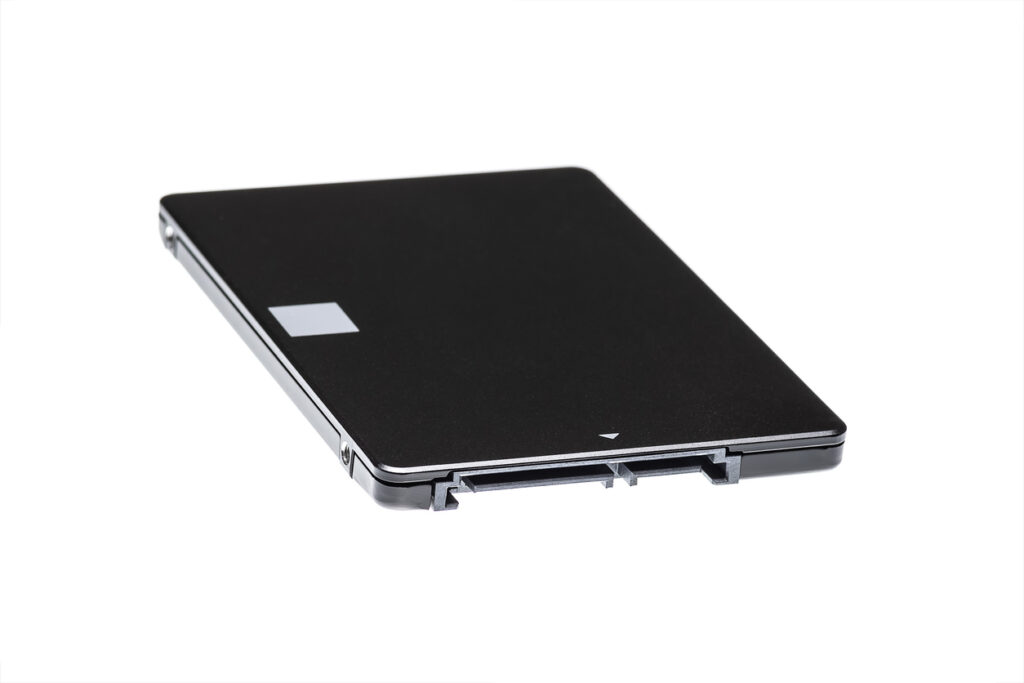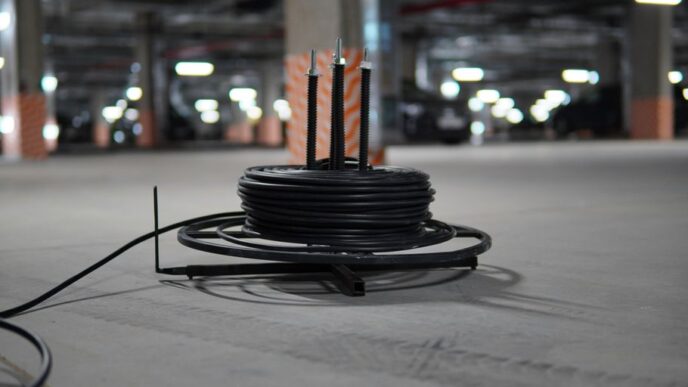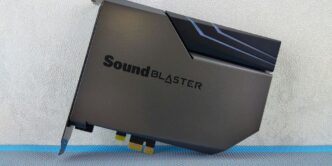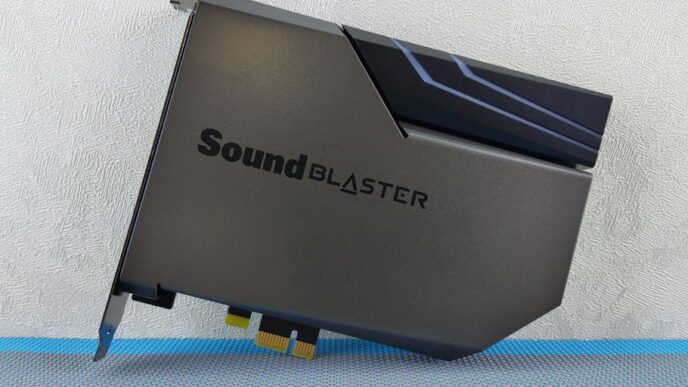
Every SSD will reach its maximum speed limit when connected via USB 3.0, necessitating a faster interface for optimal performance. To unlock your SSD’s full potential, you’ll require a connection interface such as Thunderbolt or USB 3.1. These interfaces offer higher data transfer rates, enabling your SSD to operate at its peak efficiency and deliver faster read and write speeds. Portable SSD drives get their power and transfer capabilities from Thunderbolt connections!
It’s essential to consider your specific needs and usage scenarios when selecting the appropriate connection interface for your SSD. For tasks that demand rapid data transfer, such as video editing or large file transfers, investing in a Thunderbolt or USB 3.1 connection can significantly enhance your workflow efficiency. Additionally, keep in mind that the compatibility of your SSD with different connection interfaces may vary, so always ensure compatibility before purchasing to avoid any compatibility issues down the line.
What is Thunderbolt, Exactly?
A Thunderbolt port is a high-speed input/output (I/O) interface designed to connect various peripheral devices to your computer. Originating from Intel, this technology integrates data transfer, video output, and power delivery functionalities within a compact connector. In contrast to traditional ports like USB or HDMI, Thunderbolt offers vastly superior data transfer speeds and enhanced versatility. Its compatibility with data and display protocols facilitates the connection of an extensive array of devices, ranging from external hard drives and monitors to audio interfaces and docking stations.
The inclusion of power delivery capability in Thunderbolt ports is a game-changer. It streamlines the charging process for compatible devices, eliminating the need for separate power adapters. This not only enhances connectivity but also contributes to a more streamlined and efficient computing experience. With Thunderbolt, you’re in control of your power needs, making your workflow more efficient and hassle-free.
Understand Versioning
Though both Thunderbolt 3 and 4 are Intel’s high-speed connection marvels, key improvements set them apart. Thunderbolt 4 takes the groundwork of Thunderbolt 3 and elevates it. One big change is stricter certification requirements for Thunderbolt 4 devices. This ensures a more consistent and compatible experience across different products.
Data transfer speeds and visuals are another area of improvement. While both manage 40 Gbps transfers, Thunderbolt 4 boasts additional features. It supports connecting two 4K displays or a single, stunning 8K display, surpassing Thunderbolt 3’s capabilities. Furthermore, Thunderbolt 4 mandates features like Wake from Sleep and PC charging on at least one port, making daily use smoother and more functional. In essence, Thunderbolt 4 is a refined and advanced version of Thunderbolt 3, offering superior performance, stricter standards, and more features.
Sounds Like USB-C
While Thunderbolt has recently adopted USB-C connectors, it’s crucial to understand that they remain distinct connection technologies. Therefore, although Thunderbolt 3 and 4 ports are compatible with USB-C connectors, not all USB-C ports are equipped to support Thunderbolt functionalities.
Understanding the distinction between Thunderbolt and USB-C is crucial as it affects the capabilities and performance of devices connected to these ports. Furthermore, compatibility issues may arise if Thunderbolt-specific features are utilized with USB-C ports that lack Thunderbolt support. By staying informed about the evolving standards and technologies in connectivity, you can make informed decisions regarding your device choices and configurations, feeling knowledgeable and prepared.
Glyph has been a pioneering company in the digital data storage industry for almost three decades, specializing in product design, assembly, and testing within the USA. Their external storage solutions are meticulously engineered to address the most rigorous and challenging workflows.












